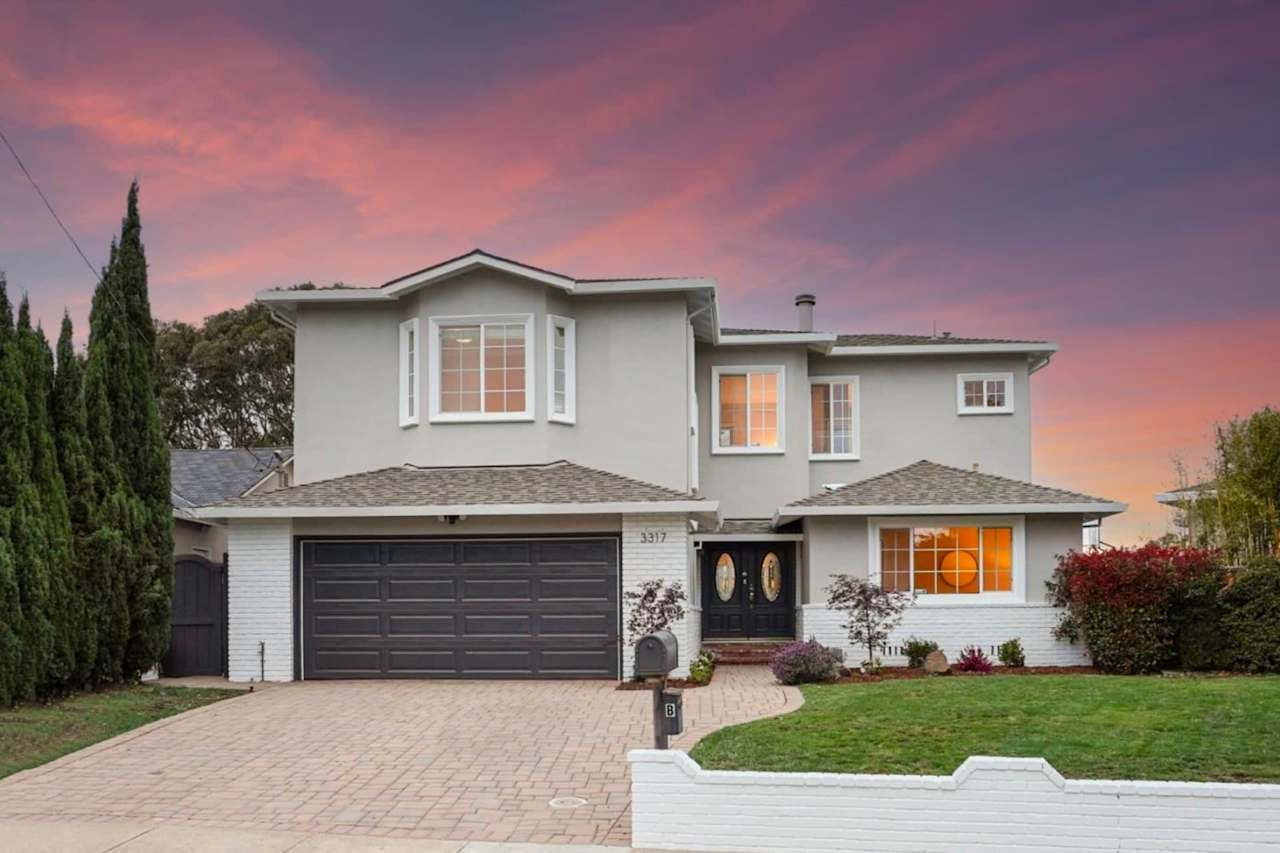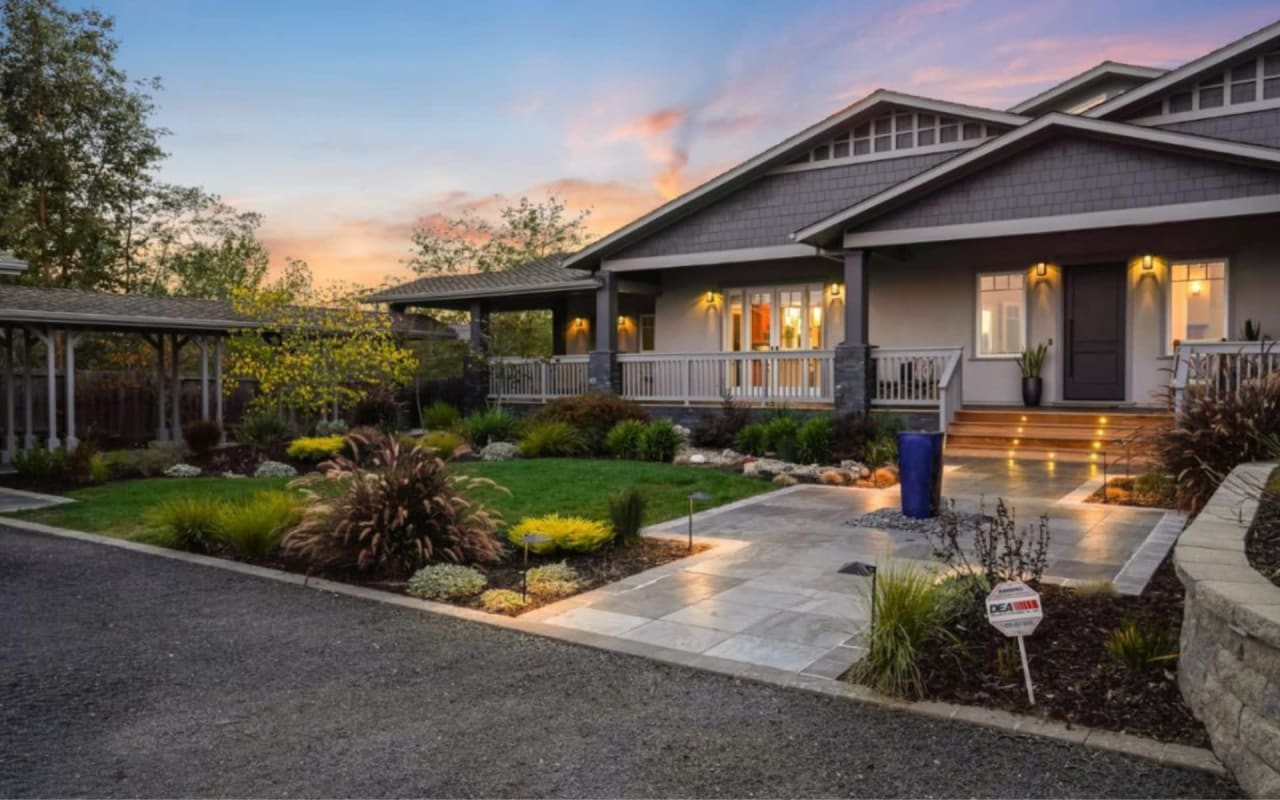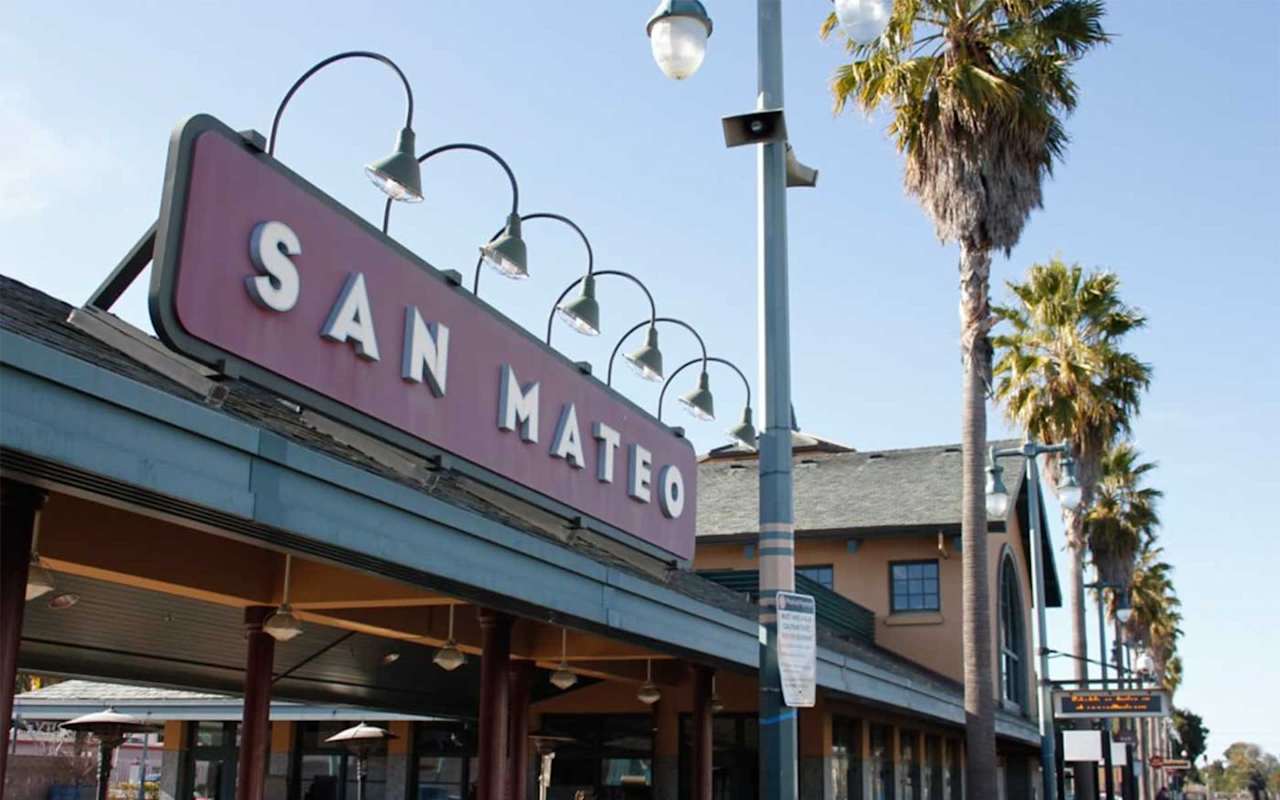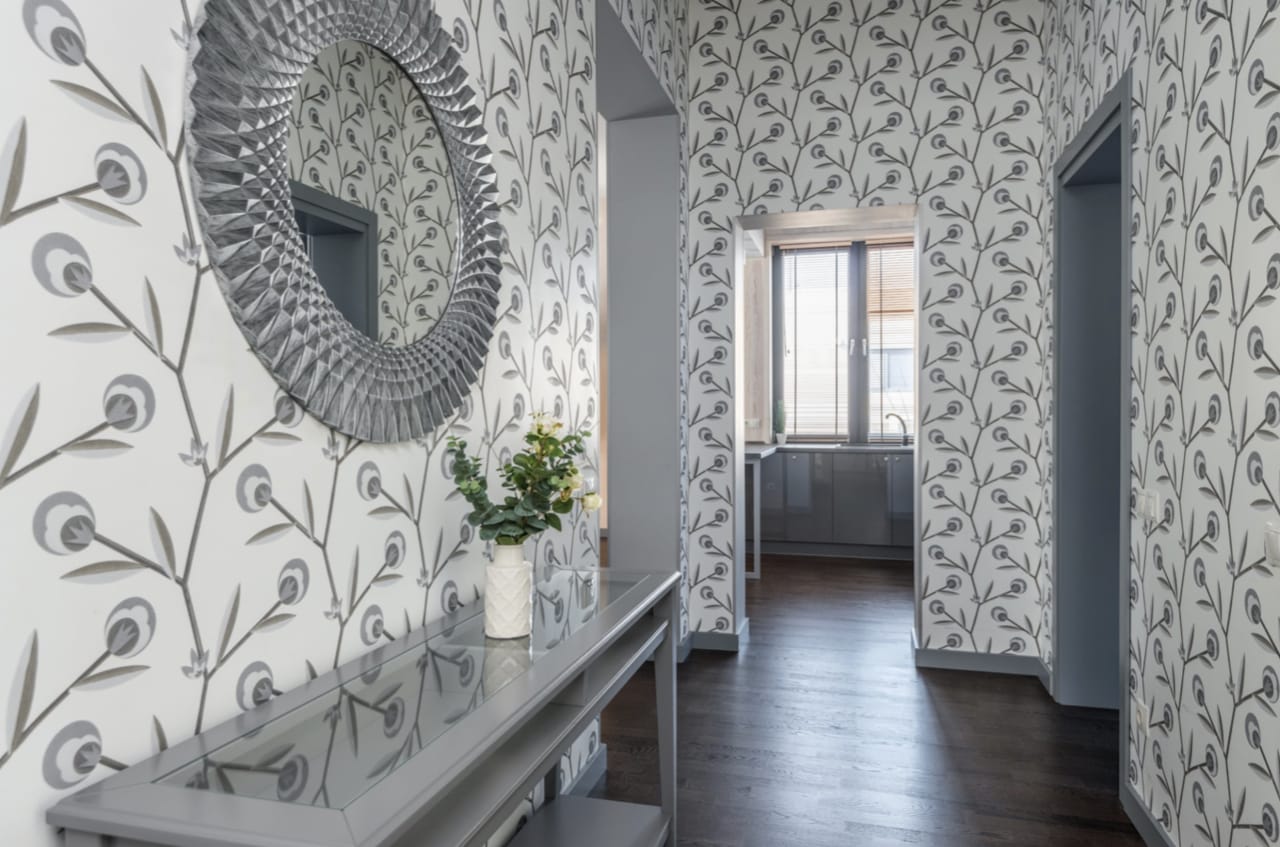With so many factors and priorities needing to be considered when buying a house, most people do not consider the home's architectural style as an essential point. But loving how your house looks is an integral part of the home search, and fortunately, architectural styles in Burlingame are eye-catching and beautiful.
Contemporary
Craftsman

Also referred to as the arts and crafts style, these homes are built from natural materials, including brick, wood, and stone. The houses are low to the ground, symmetrical, and have low-pitched, gabled roofs. They are designed for minimal upkeep and efficiency. Common features of the style include large front porches, many small-paned windows, and extensive interior work, such as large fireplaces, window seats, built-in bookshelves, cabinets, and open floor plans. Architects in Burlingame who specialize in the craftsman style include Panko Architecture, who also work in Mediterranean, ranch, bungalow, Tudor, colonial, and contemporary styles.
Cape Cod
Mediterranean

Also known as the Spanish colonial revival, the Mediterranean style resembles the Spaniard’s traditional architectural constructions. These beautiful houses include low-pitched roofs, balconies, and ornamental features, such as multicolored tiles and heavy wooden doors. This popular style is both beautiful and unique.
Modern

Characterized by simplicity and a lack of ornament, modern architecture is usually easy to recognize. The emphasis is on rectangular forms, open living spaces, clean lines, and natural light. Becoming popular between the early and mid-20th century, the modern style integrates the building into the surrounding nature and gives access to the outdoors with large windows. They are often made from steel, iron, concrete, wood, stone, brick, and glass and will often include built-in storage.
Victorian

Opposite in almost every way to the modern style, Victorian architecture focuses on beauty over functionality. Named after Queen Victoria, the style refers to the era from 1837 through 1901 rather than a type of building. Originating in England, the style is known for its ornate interior design and unapologetic love of complex ornamentation.
Ranch

Known by several names, including the California ranch style, this architectural type originates in the United States. Ranch houses are unique for their dense, low-to-the-ground, and lengthy structure. They have minimum exterior and interior decor, with the focus of the building being on the backyard, patio, or other outside space. The low and long layout helps the house remain cool in hotter climates.
Bungalow
Tudor

Originating in England from 1485 onwards, the Tudor style has had a long life and has evolved through the rises and falls of its popularity. Typically evoking charm and story-like cottages, Tudor architecture combines Renaissance and Gothic designs, creating a transitional style. In the United States, it was especially popular from the 1890s through the 1940s. Some signature features of Tudor housing include half-timber detailing and long vertical wood beams for a two-toned visual effect. Some houses, however, are built with red bricks with ornate details around the entryways, windows, and chimneys. These houses are often considered Tudor Revival.
Colonial
Looking for the style that fits your family?
*Header photo courtesy of Mary Ann Teixeira

















































